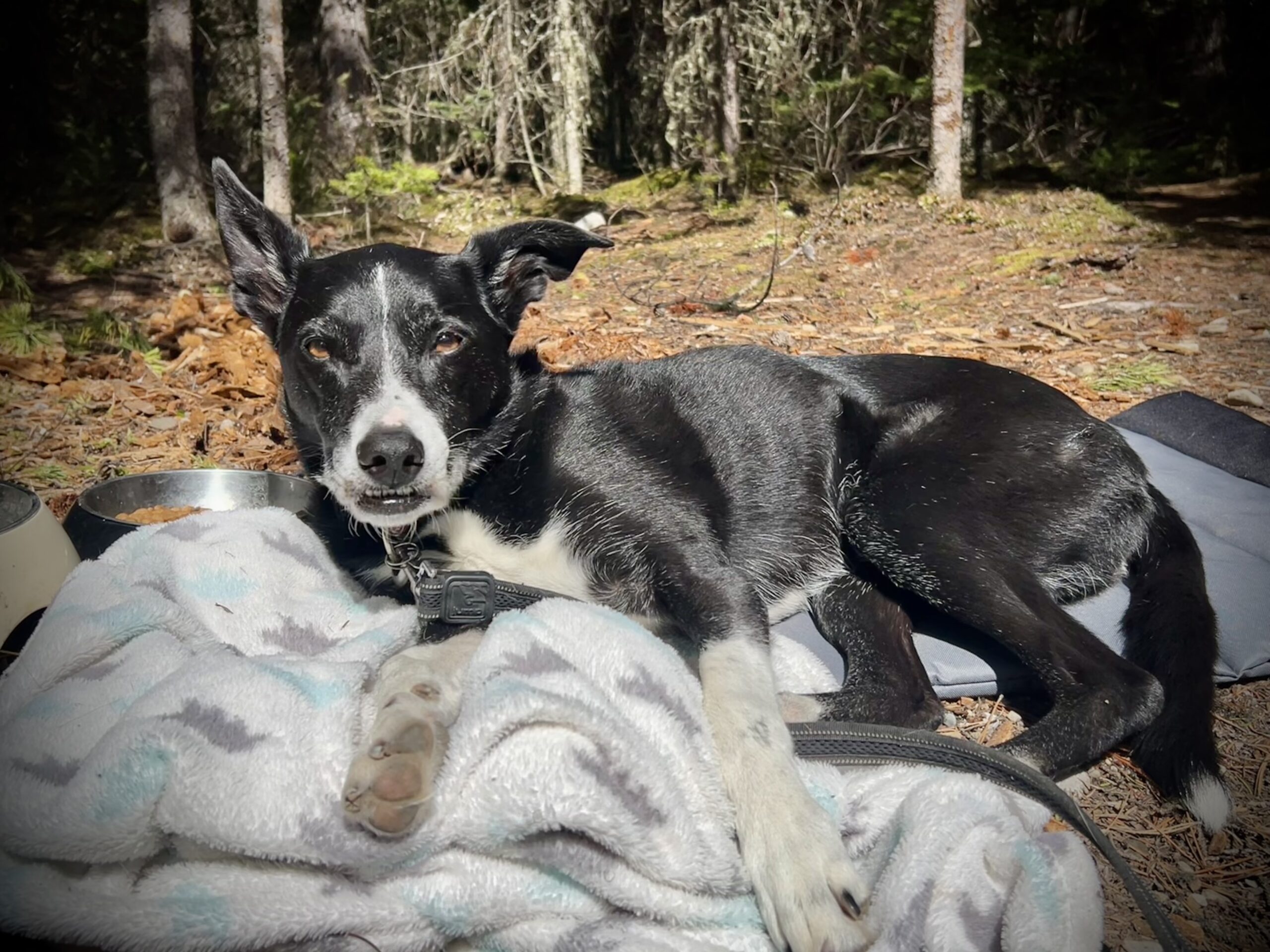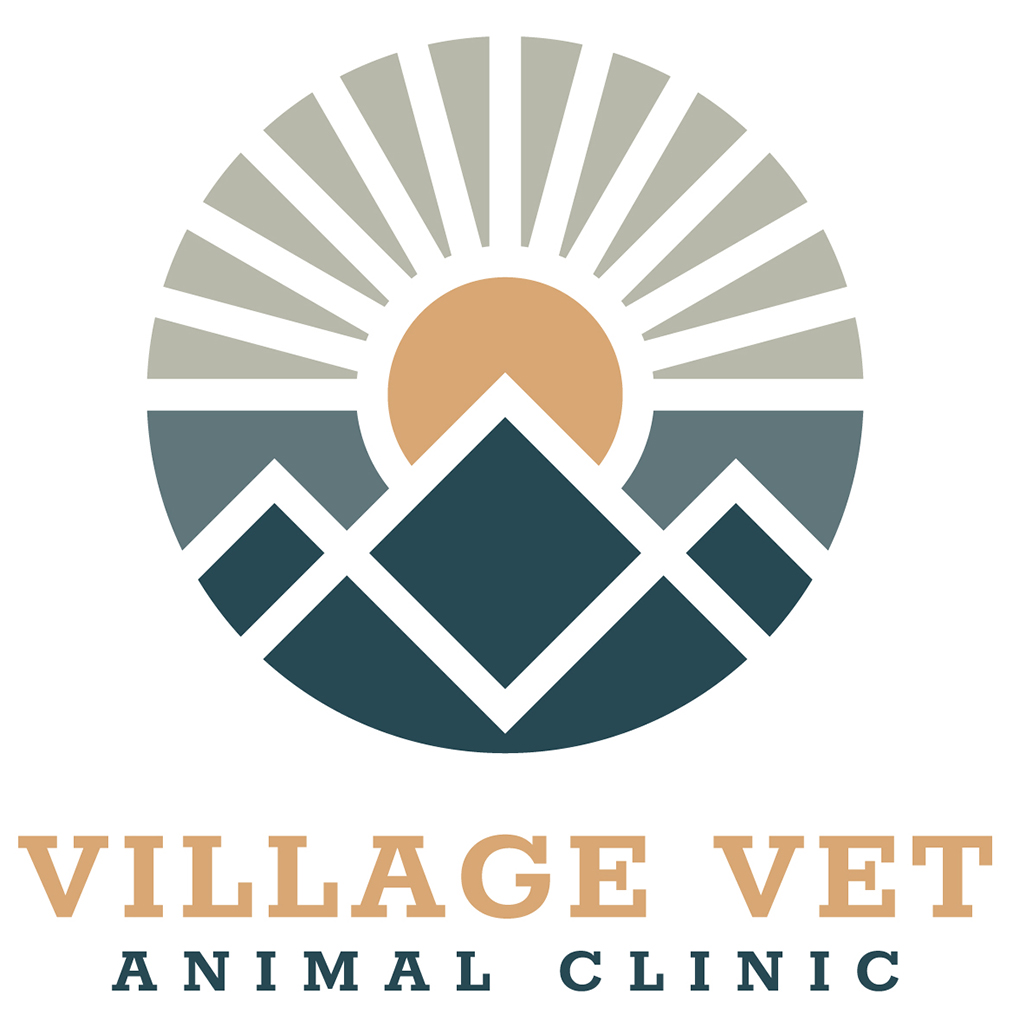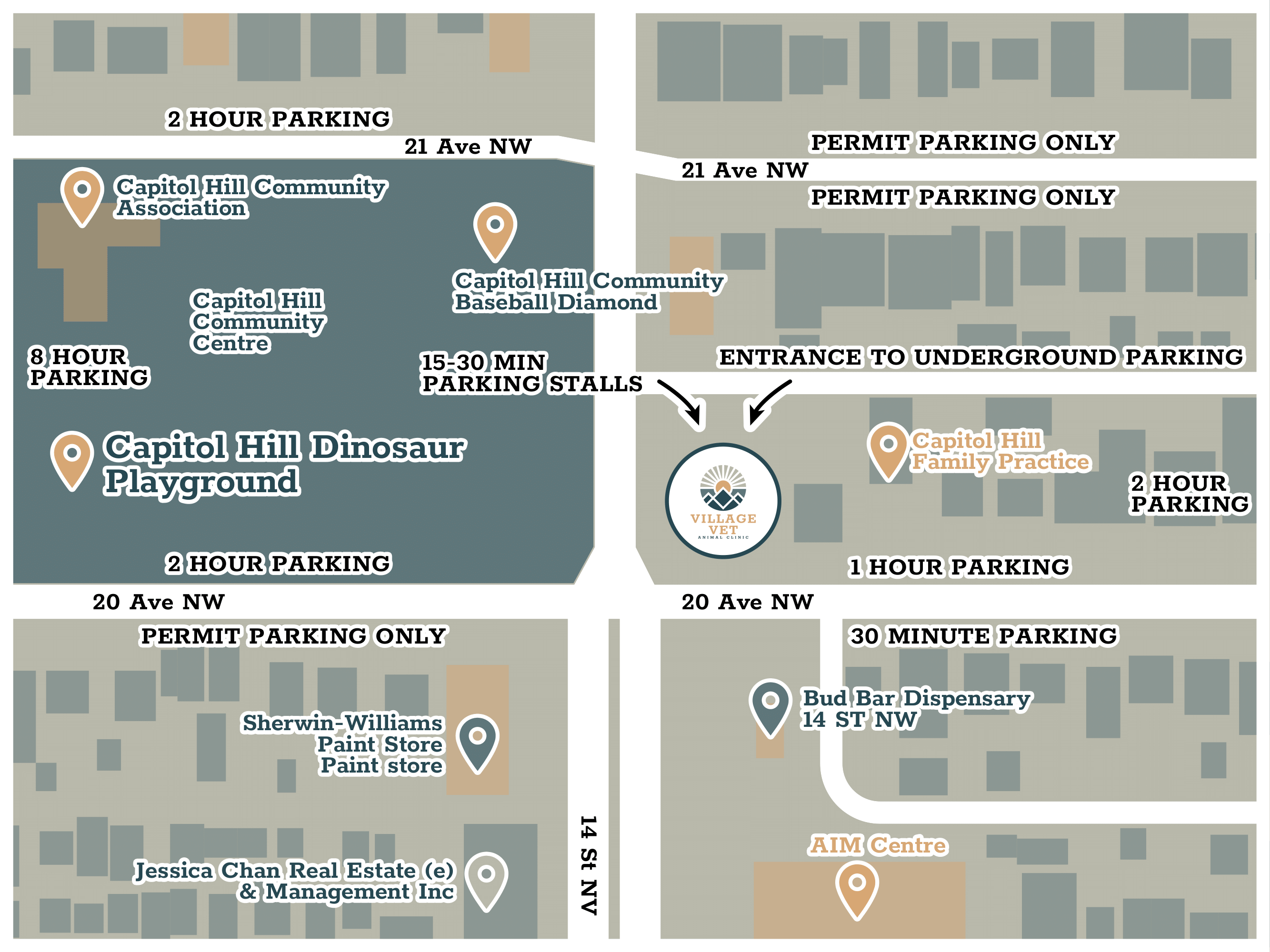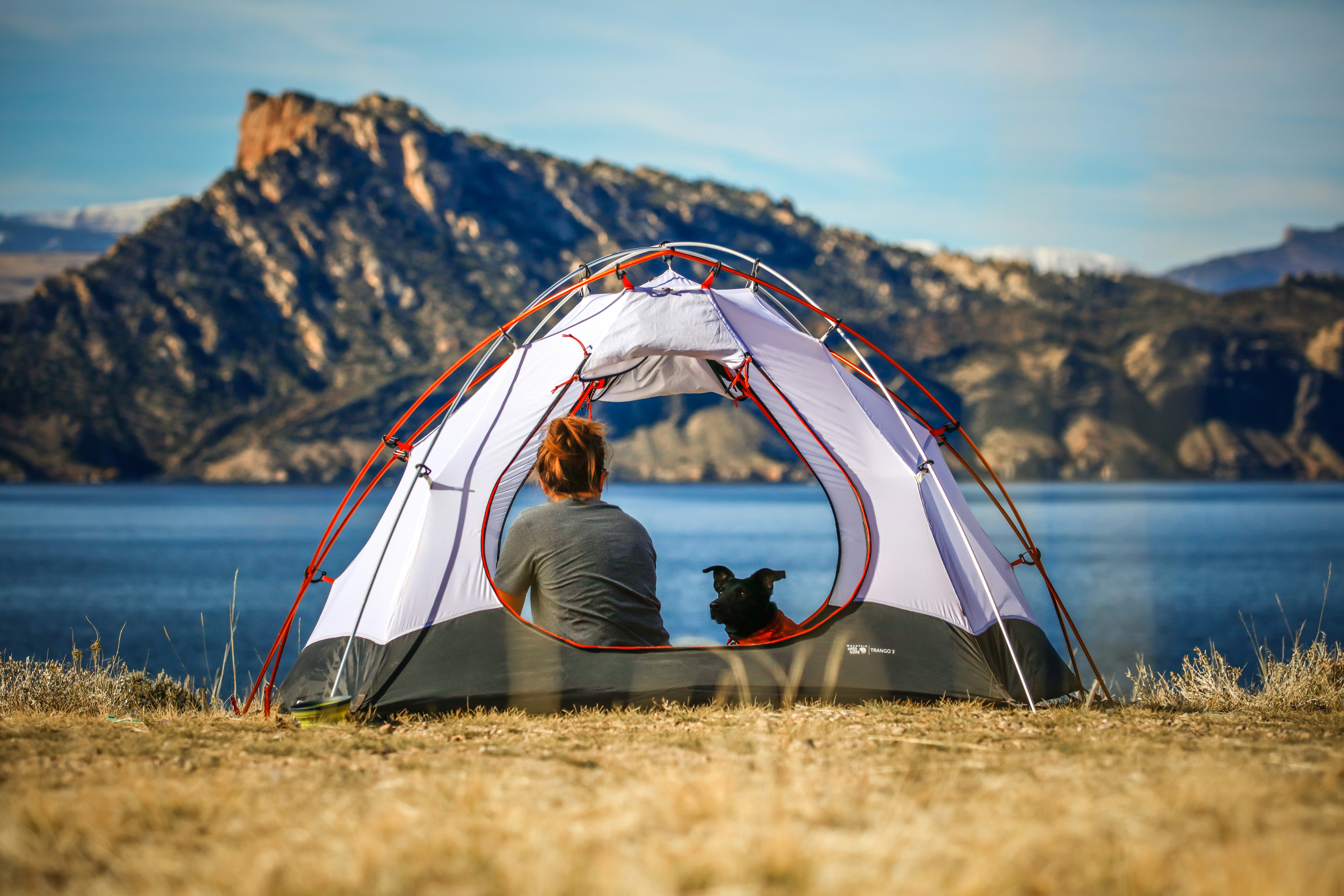Our recent social media video, “Ask a Vet,” touched on some basics of what to bring for your pet when camping or traveling. Our website blog is a perfect place to chat a bit more on this topic:
- Bring warm layers and blankets from home. Be prepared for cool nights and random, unpredictable temperature swings depending on where you’re going. You don’t like being cold and wet when camping; we can assure you that your pet does not either.
- Make sure you have a few extra portions of their food with you. If your car breaks down or something unforeseen happens, you don’t want to suddenly scramble to buy pet food. If you run out of food and cannot find their regular food, sometimes abruptly changing their diet can result in some significant GI upset. It is not great at the best times and overwhelmingly undesirable while in a tent or car.
- Have a backup leash in case yours breaks or gets lost in the chaos of packing up and leaving. Make sure your pet has their tags on their collar if it’s one of or their only way of getting back to you if they get separated from you. Cats are exceptionally excellent at slipping out of a harness; have them in a collar and harness with tags on both.
- Worms and creepy crawlies! For the love, don’t skimp on your pet’s parasite meds. In the summer months, their parasite meds should be given monthly. The parasite meds we use most frequently at Village Vet for dogs are Interceptor Plus and Credelio or just Credelio Plus. For cats, you’ll often see us reaching for Milbemax or Nexgard Combo. However, this is based on your pet’s lifestyle and what we’ve discussed with you previously about what’s best for them.
- First-Aid Kit. This will vary based on your pet’s health and any medications they’re taking. Being able to manage minor wounds and insect bites is always advisable since you may not be able to get your pet to a vet right away if you’re on the road or camping.
- “Dilution is the solution to pollution” is what to remember when cleaning a wound: flush, flush, flush! While wound flush formulations can be purchased, sterile saline is perfectly wonderful for irrigating a wound. Once that wound is cleaned, you might need to get a basic bandage on there. This often includes a non-stick layer to go directly against the wound. Gauze squares, gauze cling wrap, and a self-sticking layer like Vet Wrap can then be placed to make up the layers of the bandage. They must be kept dry; replace if it gets wet or there’s a “strikethrough” (wetness seeping from the wound layer to the outermost layer of the bandage). Never place a tight bandage; it’s just the wrap layer placed without any tension or ‘stretch’ applied, or else you will cut off circulation. Monitor for swelling or puffiness to indicate that might be the case.
- Bug bites are irritating to pets, too. If your pet gets a sting and is itchy or starting to swell, you cannot get to a vet clinic because you’re camping or are remote and have diphenhydramine (Benadryl) on hand. Chat with us about doses and formulations so you are prepared.
- Pain medications and anti-anxiety medications. These will be pet-specific based on what we’ve discussed with you about what’s appropriate for your pet. Certain medications need bloodwork monitoring. So while it is 100% good to be able to manage painful conditions when out and about, make sure it’s with medication and in a way that your vet team has talked to you about beforehand, and don’t ever go “off-label”; higher doses or dosing more frequently can have serious consequences with some of these drugs.
- Previous medical records and vaccine records. Print them off or download them to your phone in case you unexpectedly end up at a clinic somewhere on your travels. Make sure to let us know of your travel plans as they pop up, as various locations require different vaccines that we would not normally give to pets staying local in Calgary.



